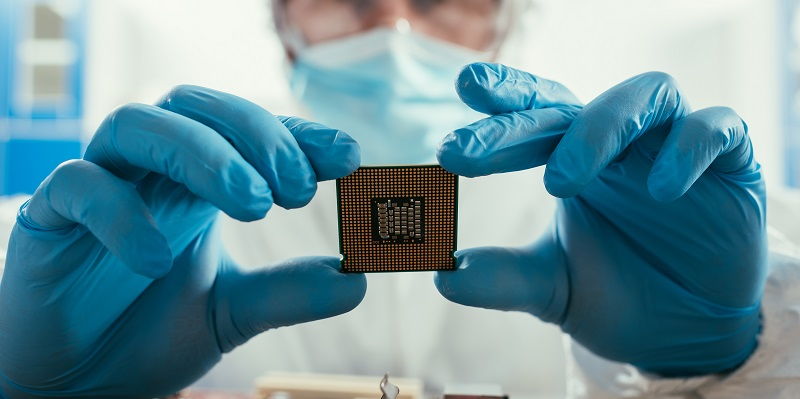The prices for Intel’s highly anticipated Raptor Lake-S Refresh Desktop CPUs have been revealed, giving consumers a glimpse of what to expect in terms of cost. With the upcoming lineup set to offer improved performance and efficiency, it is essential to assess whether these chips provide good value for money compared to their predecessors.
Intel Core i9-14900K and Core i9-14900KF
Starting with the top-tier chips, the Intel Core i9-14900K and Core i9-14900KF have been listed for £578.99 and £559.99, respectively. These prices reflect a 1.5% and 3.7% increase compared to the 13th Gen Core i9-13900K and Core i9-13900KF. While the advancements in the latest generation justify the price hike, consumers may want to consider the overall benefits before making a purchase.
Core i7-14700KF: A Better Value Proposition?
Moving on to the Core i7-14700KF, it comes with a price tag of £398.99, which is 5% higher than its predecessor, the Core i7-13700K. However, this chip stands out as a more attractive investment due to the inclusion of four extra E-Cores and a clock speed boost of 200 MHz. These improvements translate to a significant uplift of up to 10% in single-threaded performance and a staggering 20% improvement in multi-threaded tasks. Considering the added capabilities, the higher price can be justified.
Intel 14th Gen Core i5-14600K and Core i5-14600KF: Are They Worth It?
The Intel 14th Gen Core i5-14600K and Core i5-14600KF are priced at £319.99 and £299.99, respectively. These figures represent a 6.6% and 7.5% increase over the Core i5-13600K and i5-13600KF CPUs from the previous generation. However, investing in the existing Core i5-13600K series may be a smarter option for consumers. The incremental price hike does not provide substantial enough benefits to justify the extra expenditure. Since these are mainstream chips, customers are primarily focused on getting the best value for their money.
Key features of Raptor Lake-S Refresh desktop CPUs
Beyond pricing, it is essential to explore the key features of the Raptor Lake-S Refresh Desktop CPU lineup. These chips retain the same architecture as Raptor Lake, consisting of Raptor Cove P-Cores and Gracemont E-Cores. Additionally, higher clock speeds beyond 6.0 GHz promise improved performance. The inclusion of support for faster DDR5 memory DIMMs is another enticing feature that enhances the overall system responsiveness.
Compatibility and Release Date
To the relief of many, the Intel Raptor Lake-S Refresh Desktop CPUs will be compatible with the existing LGA 1700 socketed motherboards within the 600 and 700 series lineup. This means users can take advantage of the new chips without requiring a complete motherboard upgrade. The anticipated launch date for these CPUs is October 17th, 2023, further adding to the excitement surrounding their release.
As pricing details for Intel’s Raptor Lake-S Refresh Desktop CPUs emerge, consumers must weigh the value proposition provided by these chips. While the Core i7-14700KF offers a notable performance boost compared to its predecessor, the extra cost for the Core i9-14900K series and Core i5-14600K series may not be justifiable for most mainstream users. Moreover, considering the option of manually tweaking existing Intel Core i5-13600K chips to achieve an additional 200 MHz overclock, it becomes crucial to consider whether the added benefits of the Raptor Lake-S Refresh lineup are truly worth the increased expenditure. The choice ultimately lies with the consumers who prioritize the best value for their money. With the launch of Intel’s Raptor Lake-S Refresh Desktop CPUs set for October 2023, anticipation continues to build, and users eagerly await hands-on experiences with these new processors.

